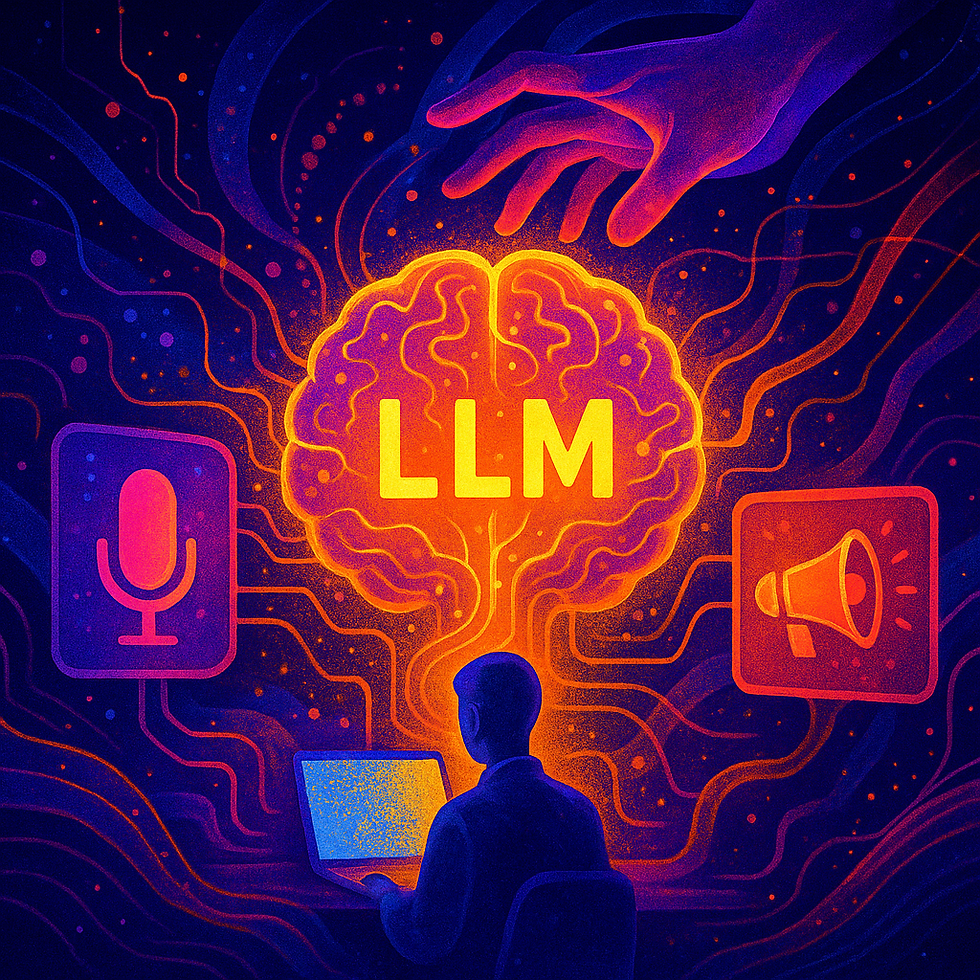
HOW-TO, OBJECTION HANDLING, STAKEHOLDER MANAGEMENT, UX
Making the Case for UX Research: Convincing Stakeholders of UX Value
3
MIN
Mar 4, 2025
The challenge of determining the value of user research has been around since the discipline's inception. It's a fundamental question: What is user research worth, and how can one quantify the return on investment (ROI) from UX research? This is no trivial matter. The issue often lies in identifying the specific investment that yields a particular benefit, especially in the multifaceted world of digital products and services. If you were to search for "UX ROI" on Google today, you'd be greeted with over 6 million results. Yet, despite the abundance of information, I would wager that many of those answers fail to provide truly satisfying conclusions for a practitioner or decision-maker in the field.
The Cost-Saving Power of UX Research
One model that I find particularly compelling is based on the cost-saving approach to UX research, which calculates the labor costs associated with product development, both with and without UX research. The key finding is that investing in user research pays for itself by reducing the time spent on bug fixes, product maintenance, and handling post-launch customer complaints. The logic is simple: By understanding users early in the process, teams can avoid costly troubleshooting and last-minute fixes. This direct link between UX and cost savings is widely recognized in the field.
Why Traditional ROI Calculations Often Fall Short
The core issue with such models is that they rely on specific scenarios and assumptions. They work well under controlled conditions, but real-world applications are far more nuanced. No two products or services are alike, and as a result, these models can’t serve as universal blueprints. The variables that affect UX success are too diverse and context-dependent. Additionally, the operational cost of applying these models can often be prohibitively high, sometimes even higher than what your organization spends on UX research in a year. This renders them impractical for many businesses, especially smaller ones or those just beginning to invest in UX.
But perhaps most critically: trying to calculate ROI for UX research is often a futile endeavor. It’s not that the benefits aren’t real or measurable; it’s that the complexity of the modern business environment makes it nearly impossible to isolate the impact of any single influencing factor. In today’s world, where businesses operate in ecosystems shaped by countless variables, technological advancements, market competition, user expectations, and so forth. pinpointing the precise contribution of UX to business outcomes can be more guesswork than science.
Rethinking UX: Beyond ROI to Long-Term Impact
Rather than focusing on isolated metrics, I advocate for looking at the bigger picture. A broader perspective reveals several undeniable trends: the relentless increase in digitalization (especially in sectors where remote work was once unthinkable), the emergence of a new generation of employees with heightened expectations for their digital work environments, and the rapid pace at which new devices and interfaces are evolving. Each of these trends underscores the growing importance of user experience in both the workplace and consumer markets.
As digitalization accelerates, the expectations of users, whether they are employees or customers, are also shifting. The younger generation entering the workforce has grown up with cutting-edge technology and seamless user experiences. They expect nothing less from the tools they use at work. The same applies to consumers. Today, UX has become a key differentiator in markets saturated with near-identical products. The ability to deliver a smooth, intuitive, and enjoyable experience often becomes the deciding factor for users when choosing between competing brands. Rapid innovation cycles mean that companies that rest on their laurels risk being overtaken by competitors offering superior user experiences.
Practical Tactics: How to Demonstrate UX Value Without Traditional ROI Metrics
Now, what if your leadership team or company still clings to outdated models, believing that the company's past success guarantees future stability? This is a common challenge, especially in organizations that have thrived under traditional business practices and are slow to adapt to new trends.
Here are a few strategies that might help shift their perspective:
1. Don’t waste time trying to build a traditional ROI case for UX. While it’s tempting to play by the rules of financial metrics, this approach often leads to a dead-end, as it’s an uphill battle to quantify the intangible benefits of UX in strictly monetary terms. Instead, try reframing the conversation around other immaterial values that resonate with your decision-makers. Words like "quality" and "positive work atmosphere" are often thrown around in boardrooms without much scrutiny, ask your leadership how they quantify those values. The irony is that they likely can't, which may open the door to discussions about the qualitative impact of UX.
2. Position UX as a driver of product quality. Emphasize that UX is no longer a niche concern. It’s a core driver of product quality. Companies like Mercedes-Benz have embraced this in their marketing strategies, turning user experience into a key selling point. Take Mercedes’ MBUX system, for example. The in-car experience is no longer just about horsepower or sleek design; it’s about how users interact with the vehicle. That’s a shift in value perception that many industries will follow.
3. Visualisation of the UX value. Even if your budget is limited, you can still make a compelling case. One effective tactic is to conduct a simple, do-it-yourself usability test. Record participants as they use your product, especially during moments of frustration or confusion. Showing decision-makers real users struggling with the product can be incredibly persuasive. If watching customers experience pain points doesn’t inspire change, you can try a more hands-on approach: rent an aging suit. For around €300 a day, you can simulate the physical limitations some of your older users might face. Dress your boss in the suit and have them interact with your product. This can be a powerful wake-up call, revealing that their personal perceptions of usability may not align with the real experiences of your users.
Conclusion on how to convince Steakholders of UX Value
The question of ROI in UX research may never have a simple answer. Instead of getting bogged down in complicated calculations and assumptions, focus on the broader context and the undeniable trends shaping the future of work and technology. The conversation should move beyond ROI toward a more holistic understanding of user experience as a critical factor in delivering quality, competitive products in today’s marketplace.





.png)















